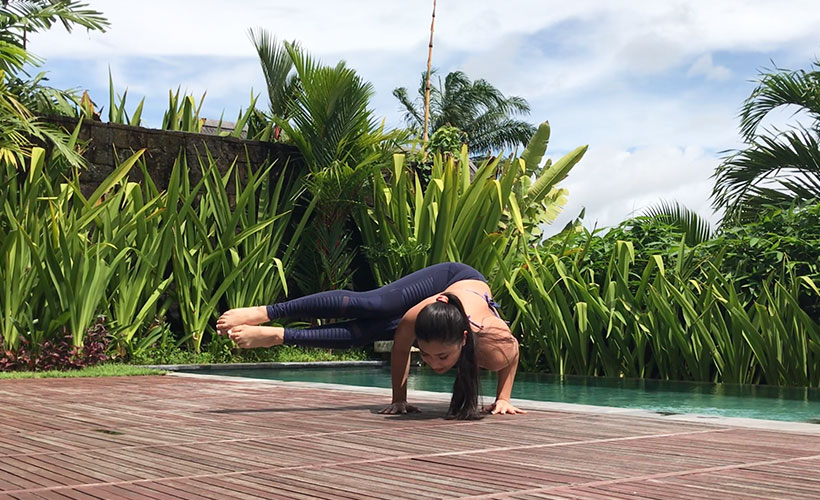
Stop.
Inhale deeply through your nostrils.
Exhale slowly through your nostrils.
Repeat this at least twice more, prolonging the inhalation and exhalation with each round.
How do you feel now that you’ve oxygenated your body? More relaxed?
Sometimes, in order to return to the present, you just need to reconnect with your breath.
Now that you’re present, you need to understand the importance of your breath.
Your breathing style and its connection to your health

Breathing is a subconscious act for most, which is why most people don’t realise that their breath is the reason for their headaches, fatigue, or even anxiety. Unfortunately, breathing in a shallow manner is the norm, but this type of breathing is actually detrimental to overall health. Besides the aforementioned symptoms, shallow breathing can also lower the immune system as a type of white blood cell (lymphocyte) is affected, creating a higher susceptibility to various illnesses.
By breathing into your upper lungs (upper chest) in a shallow manner, you are priming yourself for hyperventilation, but by breathing into your lower lungs (lower chest), you are decreasing the stress levels within your body. In turn, your blood pressure is lowered while your energy levels increase.
Basically, irregular breathing affects the rhythms of the brain, which can lead to physical, mental, and emotional blocks. So in order to maintain a state of balance on all three fronts, you need to maintain control of your breath.
 Download our second edition of ZafigoZine for FREE today! In the #Independence Edition, we give you inspiration for domestic travel within Malaysia – whether you’re taking a road trip to a different state or staycationing right where you are and more.
Download our second edition of ZafigoZine for FREE today! In the #Independence Edition, we give you inspiration for domestic travel within Malaysia – whether you’re taking a road trip to a different state or staycationing right where you are and more.How to breathe correctly

While certain exercises can require breathing through the mouth, day-to-day breathing should occur only through the nostrils. The breath itself should occur within the lower lungs – known as abdominal, or diaphragmatic, breathing. This type of breathing is best for everyday purposes, but there are other types of breathwork that you can practice too, for various benefits.
So how do you perform abdominal breathing? Well, place either of your hands atop your stomach and start by noticing the movement – when the stomach pushes against the hand and when the stomach contracts. Now, inhale while expanding the abdomen meaning your stomach is pushing against your hand. As you exhale, your stomach contracts and your hand moves inwards, naturally. That’s abdominal breathing.
For some, mastering abdominal breathing is arduous, especially if you’re older and used to breathing in the opposite manner. Be patient with yourself and remember to never compromise on your health just because something is challenging to master – and that can extend not only to breathing correctly, but also to kicking unhealthy food habits and so on. After all, practice makes perfect.
Other types of breathwork
Once you’ve perfected abdominal breathing, you can also try the following:
- Nadi Shodhana Pranayama that balances the brain hemispheres.
- Ujjayi Pranayama that soothes the nervous system, and in turn, can relieve insomnia.
- Bhastrika Pranayama that stimulates the metabolic rate and flushes out toxins.
There are many, many more types of breathwork, but the above can be easily mastered and integrated into your daily life. We recommend finding a competent teacher to avoid performing any of the aforementioned breathworks incorrectly. You can find a competent breathwork teacher at a yoga studio as breathwork is a branch of yoga, so simply head to your nearest yoga studio and ask for advice.
Follow Zafigo on Instagram, Facebook, and Twitter. Sign up to our bi-weekly newsletter and get your dose of travel tales, tips, updates, and inspiration to fuel your next adventure!


